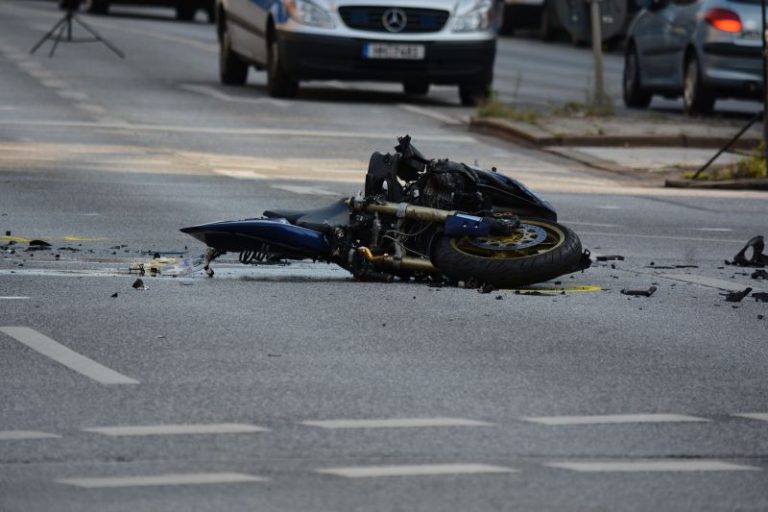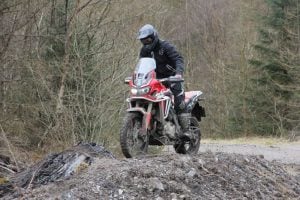Unfortunately, bikers make up a disproportionate number of deaths and injuries on the road and despite riding defensively and wearing all the latest protective gear, the unpredictable can still happen. Nothing quite prepares you for that sickening moment when you see a fellow biker being caught up in a motorcycle accident. The horror is soon exacerbated when you begin looking around and realise that you are first on scene.
This article is designed to provide a simple overview of how to approach a motorcycle Road Traffic Collision (RTC) wherever you are in the world. It is not a substitute for practical first aid training, but by following a set of basic rules you will ensure your own safety as well as optimising the care of those around you.
Approach to the scene
Approaching the scene of any accident can be a daunting experience. Using simple acronyms can be a great way of ordering your thoughts and simplifying what it is you need to do. I would suggest using the acronym ACT (assess, communicate, triage or treat) when approaching the scene:
Assess
Perhaps the most important step in your approach is ensuring your own safety, the last thing you want to do is become a casualty yourself so taking just a few seconds to assess the scene is time well spent. Look for any potential hazards, turn off the bike ignition if it’s still running and be aware of what is happening to the traffic around you. You must not approach the scene if it is unsafe.
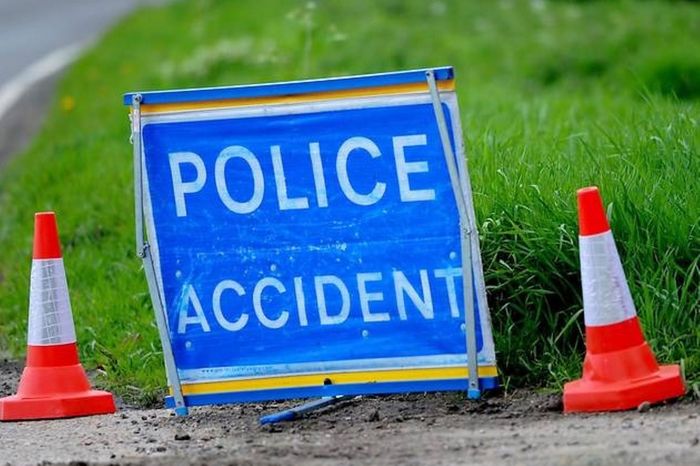
Communicate (Up, down, left and right)
Up: It is important that the emergency services are notified as soon as possible. In the UK they will be able to provide advice over the phone about how to assess and manage any casualties.
Down: Communicate with the casualty in a calm manner; let them know who you are and that you’re there to help them. If the casualty is talking to you then you know that their airway is clear and that they are conscious. We will come on to more about this later.
Left and right: You may need to take control of the people around you. Utilise whatever help is available, make sure the emergency services are on their way and that the traffic around you is being controlled. Is there someone else at the scene that is better qualified to deal with the casualty?
Triage or Treat
If there is more than one casualty it is very common to go to the loudest patient first as they will attract your attention. If they are screaming, their airway is clear and they are (currently) breathing, consider going to the quiet patient first; why are they quiet? This is called triage. If there is just one patient, then go to assess and treat them.
Assessing the Casualty
When assessing the casualty the acronym that should be used is ABC.
Airway
Are they talking to you or is their airway blocked with blood and vomit? Without an adequate airway to breathe from the casualty will die. The state of their airway will guide your decision to remove their helmet or not. Do not stick your fingers inside the casualty’s mouth as you may push any obstructions further back.
The helmet – to remove or not to remove? That is the question. If the casualty is responsive and they are breathing without any problems then leave the helmet on. There is a risk that you could cause further damage if they have sustained head or neck injuries.
The only time that you should consider taking the helmet off is when the patient is unable to maintain their own airway. e.g. they are unresponsive and vomiting will a full-face helmet, with no other way to clear their airway. In this situation, the risk of them dying from being unable to breathe far outweighs the risk of removing the helmet and exacerbating any neck or head injuries.
If you do have to remove the helmet then it is ideally a two person job. One person should reach around to stabilise the head and neck, taking care to minimise any movement, while the other slowly inches the helmet off. Once the helmet has been removed, attempt to clear the casualty’s airway by rolling them on to their side.
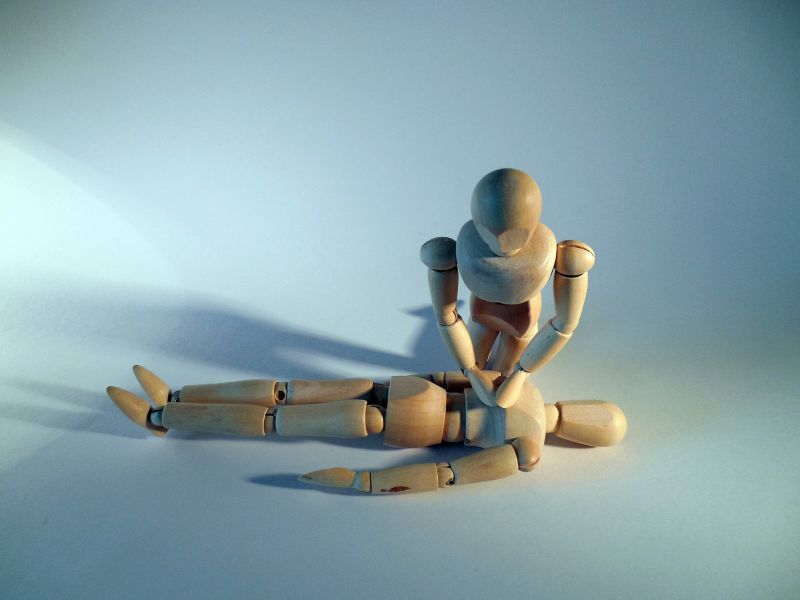
Breathing
Once you have looked to see if there is anything obstructing their airway you should listen and look at their chest for 10 seconds to see if they are breathing normally. If they are not breathing normally, then presume they have no circulation; if you know how then start CPR in order to give the patient a circulation.
Circulation
If the casualty is breathing then look for any areas where blood loss may be occurring, firm pressure must be applied to any areas of bleeding. Improvised tourniquets can be used on limbs if there is catastrophic blood loss or amputations. If the holes aren’t plugged and the blood escapes, this will eventually lead to circulatory collapse and cardiac arrest.
When to use the recovery position
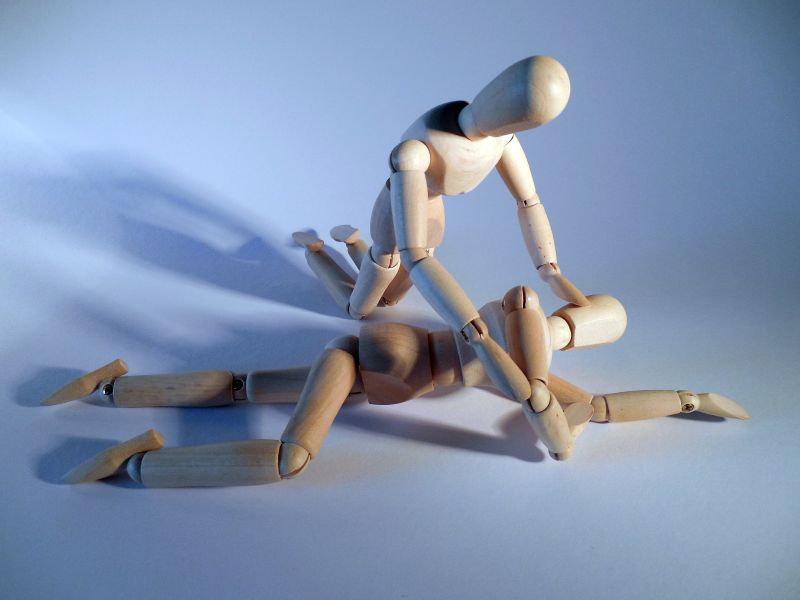
If you have to leave the casualty either to get help or to treat other casualties, then the recovery position must be used in order to protect their airway. If you can stay with the patient who has a possible serious injury and monitor their airway then leave them as found. Only move them to a position that would protect their airway if it becomes compromised (e.g. they start to vomit)
All of this takes time. If you’re in the UK the ambulance operator will help talk you through what you need to do. If you have removed the helmet, make sure that it goes with the casualty to hospital so that the doctors can correlate any damage to it with the patient’s injuries.
Summary
Wearing the right gear and riding defensively will minimise your risk of serious injury. If you’re touring around multiple countries, take time during your planning to consider where the nearest medical facilities will be en route and establish the number for contacting the emergency services. In addition to this, carrying a first aid kit and undertaking some first aid training could be a potentially lifesaving investment and something all adventure bike riders should consider. Wouldn’t you want to know your riding buddy was first aid trained and able to help you if you were involved in an accident? I know I would.
It is always beneficial as a biker to be first aid trained. Holos Healthcare & Training Ltd provides training on the systematic treatment of motorcycle accidents and the latest resuscitation guidance and courses can be found www.resus.org.uk. Ideally look for a training provider that is externally monitored, has a proven track record and utilises experienced instructors with a practical background.

